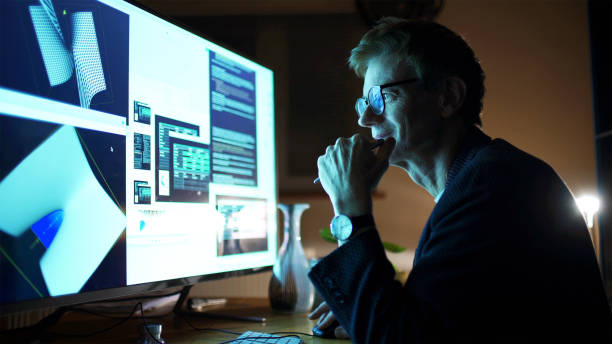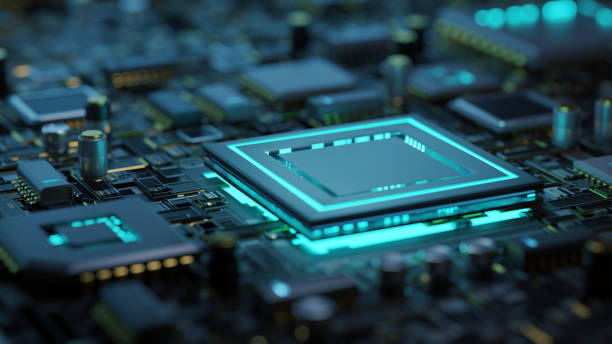What Are the Key Challenges in AI-Driven Image-to-3D Model Conversion?

Strong8k brings an ultra-HD IPTV experience to your living room and your pocket.
The field of AI-driven image-to-3D model conversion has garnered significant attention due to its potential to revolutionize various industries, including animation, gaming, architecture, and even e-commerce. This technology aims to transform 2D images into fully-fledged 3D models, providing a new dimension to visual content. However, despite the immense promise, several key challenges need to be addressed to make this technology robust, reliable, and widely applicable.
Understanding AI-Driven Image-to-3D Model Conversion
Before diving into the challenges, it’s essential to understand the basic premise of AI-driven image to 3D model conversion. This process involves using machine learning algorithms to interpret 2D images and reconstruct them into 3D models. The technology relies on various data sources, including photographs, sketches, and even videos, to generate accurate and realistic 3D representations.
AI algorithms, particularly convolutional neural networks (CNNs) and generative adversarial networks (GANs), play a crucial role in this conversion process. They learn from vast datasets of paired images and 3D models, enabling them to predict depth, shape, and texture from 2D images. Despite these advancements, several challenges remain.
Unveiling the Obstacles: Key Challenges in AI-Driven Image-to-3D Model Conversion
Challenge 1: Data Quality and Quantity
One of the most significant challenges in AI-driven image-to-3D model conversion is the availability of high-quality and diverse datasets. Training AI models requires extensive datasets that cover a wide range of objects, environments, and perspectives. However, acquiring such datasets is often difficult and expensive.
The quality of the data is equally important. Datasets with poor resolution, inconsistent lighting, or lack of diverse angles can lead to inaccurate 3D models. Moreover, annotated 3D datasets are rare compared to 2D image datasets, making it harder for AI to learn the complex mappings from 2D to 3D.
Challenge 2: Handling Occlusions and Missing Data
In many cases, 2D images do not provide a complete view of an object or scene. Parts of the object may be occluded or not visible in the given image. This incomplete data poses a significant challenge for AI algorithms trying to reconstruct a full 3D model.
AI-driven image-to-3D model conversion must develop sophisticated techniques to infer the missing parts of the object accurately. This often involves using contextual information from the visible parts and understanding the likely structure of the hidden sections. However, this inference can be error-prone and may result in inaccurate or unrealistic models.
Challenge 3: Depth and Scale Estimation
Estimating the correct depth and scale from a 2D image is another critical challenge. A 2D image inherently lacks depth information, making it difficult for AI algorithms to determine the spatial relationship between different parts of the object.
Depth estimation algorithms, such as depth maps and stereo vision, can help to some extent. However, these methods often struggle with complex scenes, varying lighting conditions, and different textures. Accurate scale estimation is crucial for applications where precise measurements are needed, such as in architecture or manufacturing.
Challenge 4: Realism and Detail
Achieving high levels of realism and detail in the generated 3D models is essential for their practical use. Simple shapes and objects may be relatively straightforward to reconstruct, but complex textures, fine details, and intricate patterns pose significant challenges.
AI-driven image to 3D model conversion must accurately capture these details to create realistic and useful models. This requires advanced texture mapping techniques and high-resolution data. Balancing the need for detail with computational efficiency is a delicate task, as more detailed models require more processing power and storage.
Challenge 5: Computational Resources
The process of converting images to 3D models is computationally intensive. Training AI models requires significant processing power and memory, especially when dealing with high-resolution images and complex models. Even after the model is trained, the conversion process can be resource-heavy.
This demand for computational resources can be a barrier to entry for smaller companies or individual developers who may not have access to high-performance computing infrastructure. Efficient algorithms and optimizations are needed to make AI-driven image-to-3D model conversion more accessible.
Challenge 6: Generalization and Versatility
AI models need to generalize well across different types of objects and scenes to be truly effective. A model trained on a specific dataset may perform well within that context but struggle with new, unseen data. Ensuring that AI-driven image-to-3D model conversion can handle a wide range of inputs is crucial for its broader application.
Versatility is also important. The technology should be adaptable to different use cases, whether it's for creating 3D models of products for e-commerce, characters for video games, or buildings for architectural visualization. Developing models that are flexible and robust across various domains remains a significant challenge.
Conclusion
AI-driven image-to-3D model conversion holds immense potential to transform numerous industries by enabling the creation of realistic and detailed 3D models from 2D images. However, several key challenges must be addressed to fully realize this potential. Issues such as data quality and quantity, handling occlusions and missing data, accurate depth and scale estimation, achieving realism and detail, computational resource requirements, and ensuring generalization and versatility are critical hurdles that researchers and developers must overcome.
By tackling these challenges head-on, the field can move closer to making AI-driven image-to-3D model conversion a reliable and widely adopted technology, unlocking new creative possibilities and efficiencies across diverse applications.
Note: IndiBlogHub features both user-submitted and editorial content. We do not verify third-party contributions. Read our Disclaimer and Privacy Policyfor details.







